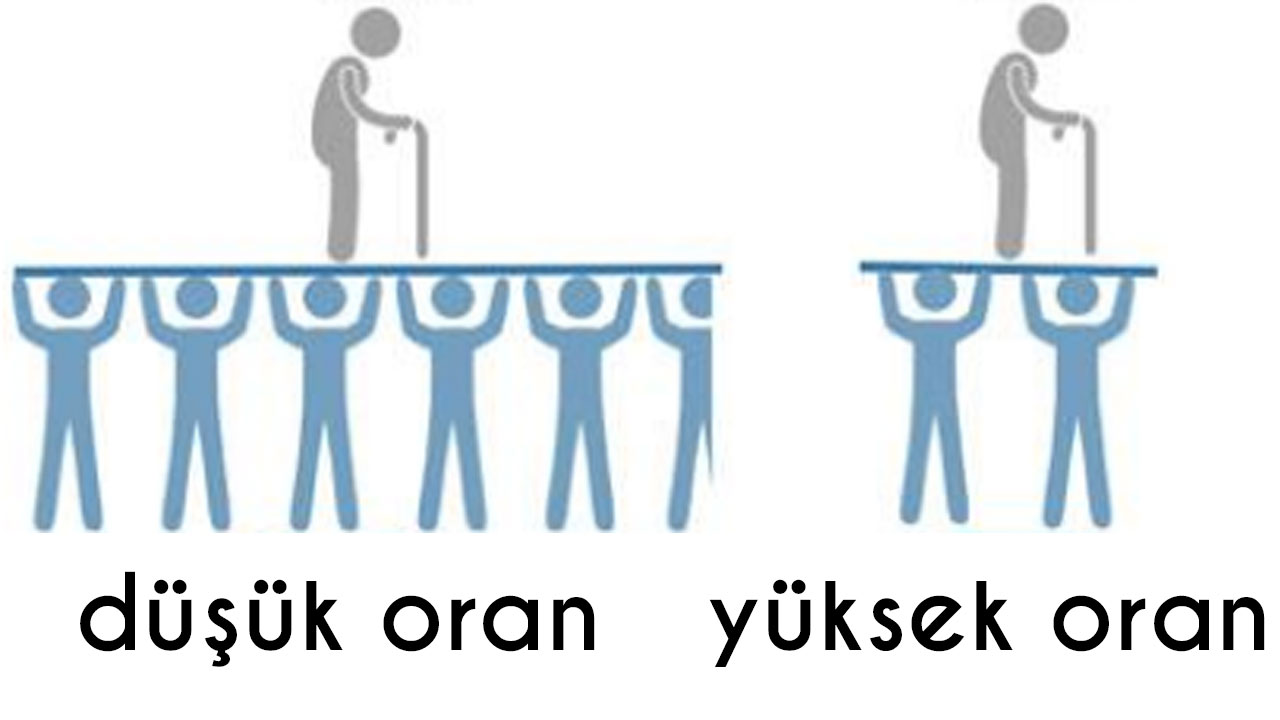The countries with the highest economic burden of the ‘elderly population’ over the working population, that is, the countries with the highest dependency ratio, have been revealed by the new study of Landgeist. Accordingly, the economic burden of workers in developed countries in Europe is much higher than in developing countries such as Turkey.
Throughout our education life, we have all seen the population pyramids in our geography lesson. These pyramids, which were shaped according to the age distribution of citizens in the countries, had important features that distinguish developed and undeveloped countries from each other. E.g “beehiveThe population pyramid, defined as ”, showed that the population was concentrated in the middle ages, and this graph, developed countries was describing.
People between the ages of 0-14 and 65+, which we see also separated in the population pyramids, are called the ‘dependent population’ in societies. The low proportion of these unproductive people also reduces the overall dependency ratio in the country. removes the burden on the working age population. Well, which countries in European countries have the least burden on people of working age, and which have the lowest dependency ratio for the elderly (over 65 years old)? The answer to this question was given by Landgeist with the graph below:
Where is the elderly dependency rate highest?
The graphic above, prepared with the information received from the European Statistical Institute, Shows the elderly dependency ratio in European countries. One of the countries with the highest dependency ratio according to the graph Italy is located. Italy, for 100 per person in the adult population aged 15-64 It has a 36.4% elderly dependency ratio. Following Italy, the countries with the highest rate are as follows:
- Italy – 36.4%
- Finland – 36%
- Greece – 35.1%
Turkey is among the first three countries with the lowest elderly dependency ratio. of this rate countries with the lowest in that:
- Kosovo – 13.2%
- Turkey – 13.4%
- Moldova – 17.4%
So what does it mean if the ratio is low or high?

The elderly dependency ratio is used to describe the economic burden on the productive population. Low dependency rate, able to support the dependent population enough employees means it is. High rates indicate greater financial stress and possible political instability on working people. A high rate also means that the burden on health services is high.
Strategies to increase fertility and allow young working-age people to emigrate are among the formulas to reduce addiction rates. On the other hand, future job reductions through automation have the potential to change how effective this strategy can be.
Countries with a high elderly dependency ratio have low birth rates, as can be seen in the data above. consists of developed countries with a high concentration of middle-aged people..
According to the data of the European Statistical Institute, the elderly dependency ratio in Turkey, It was 10.2% in 2009. However, the decrease in death and birth rates caused a decrease in the 0-14 age group and an increase in the 65+ age group in Turkey as well as in the rest of the world.
